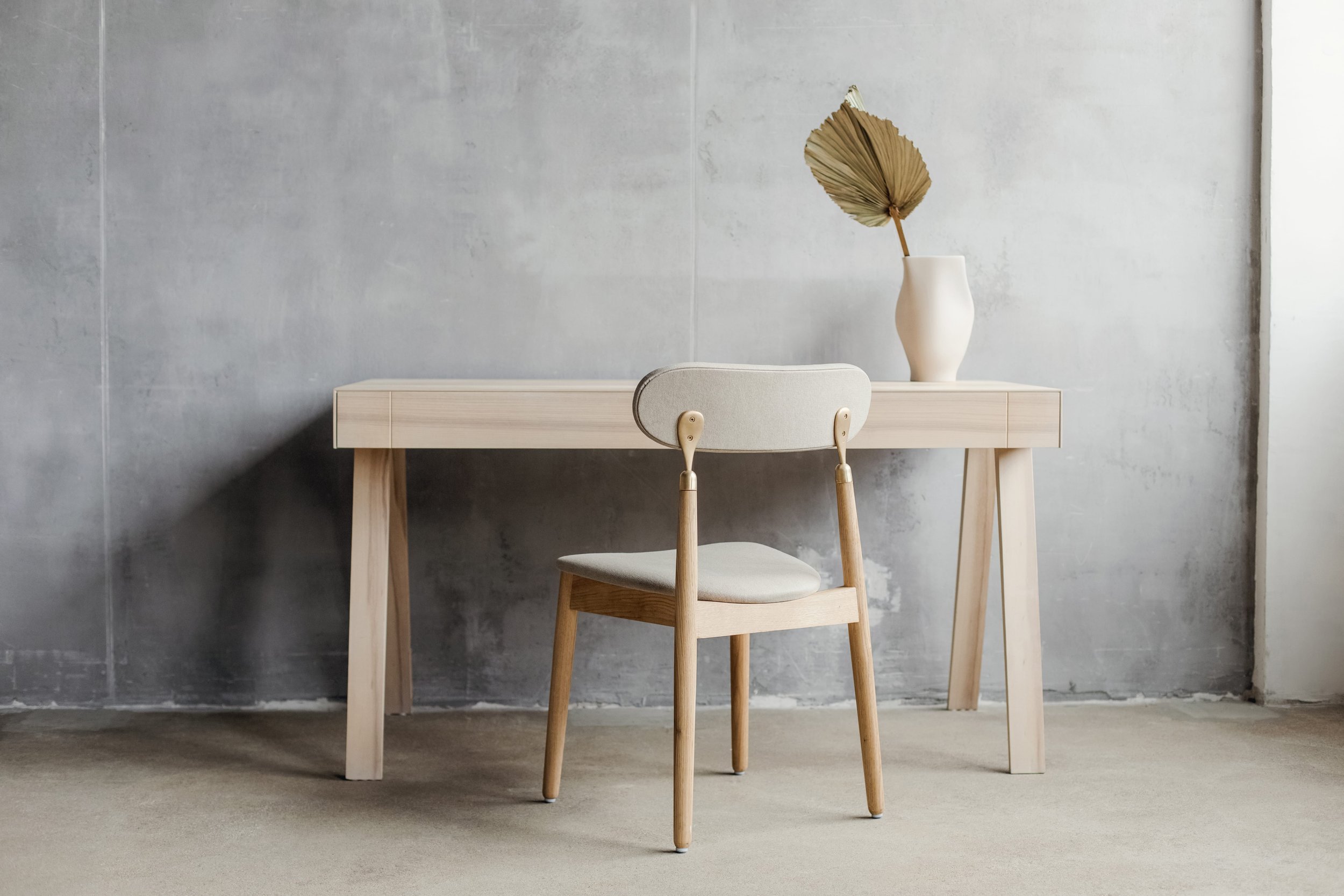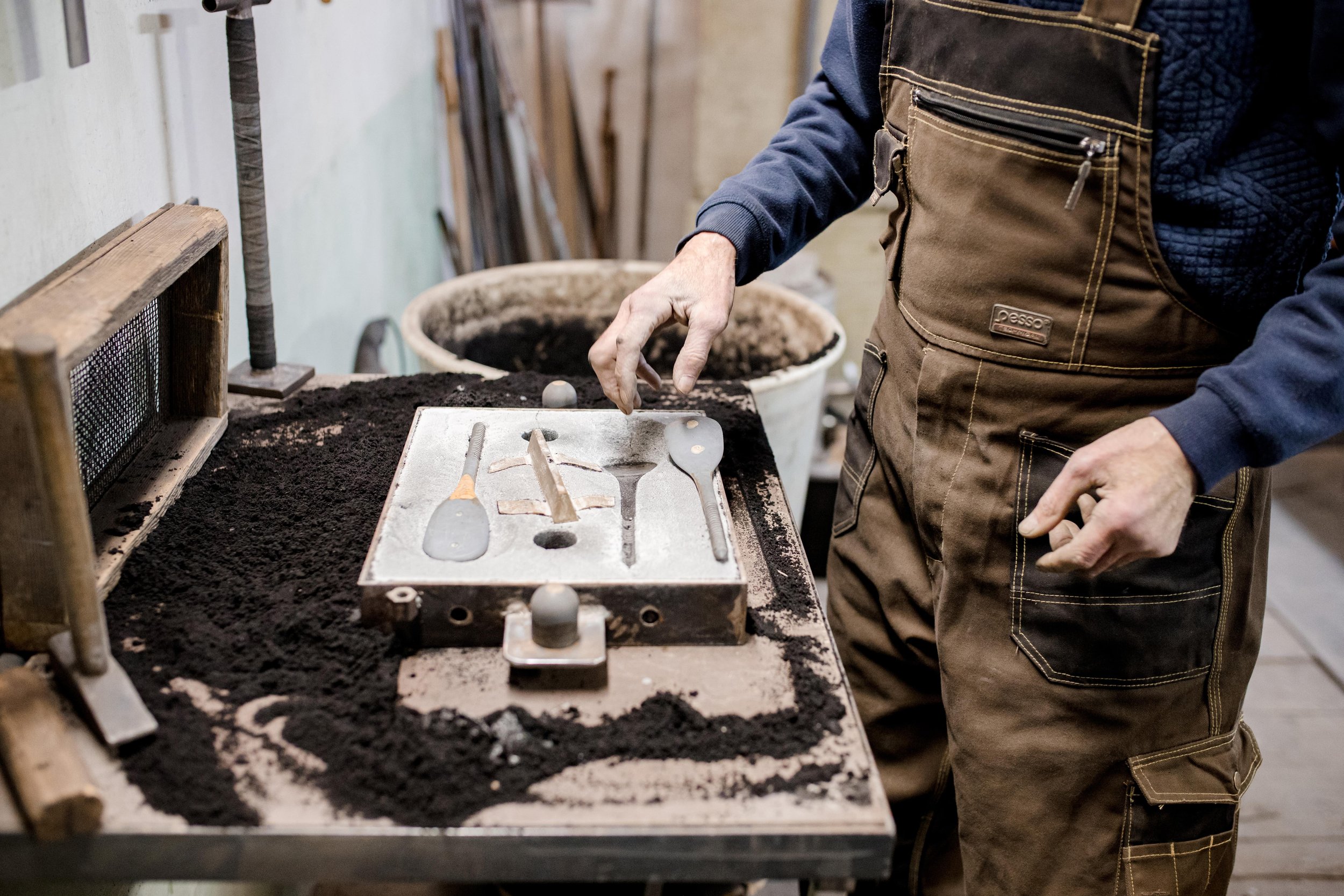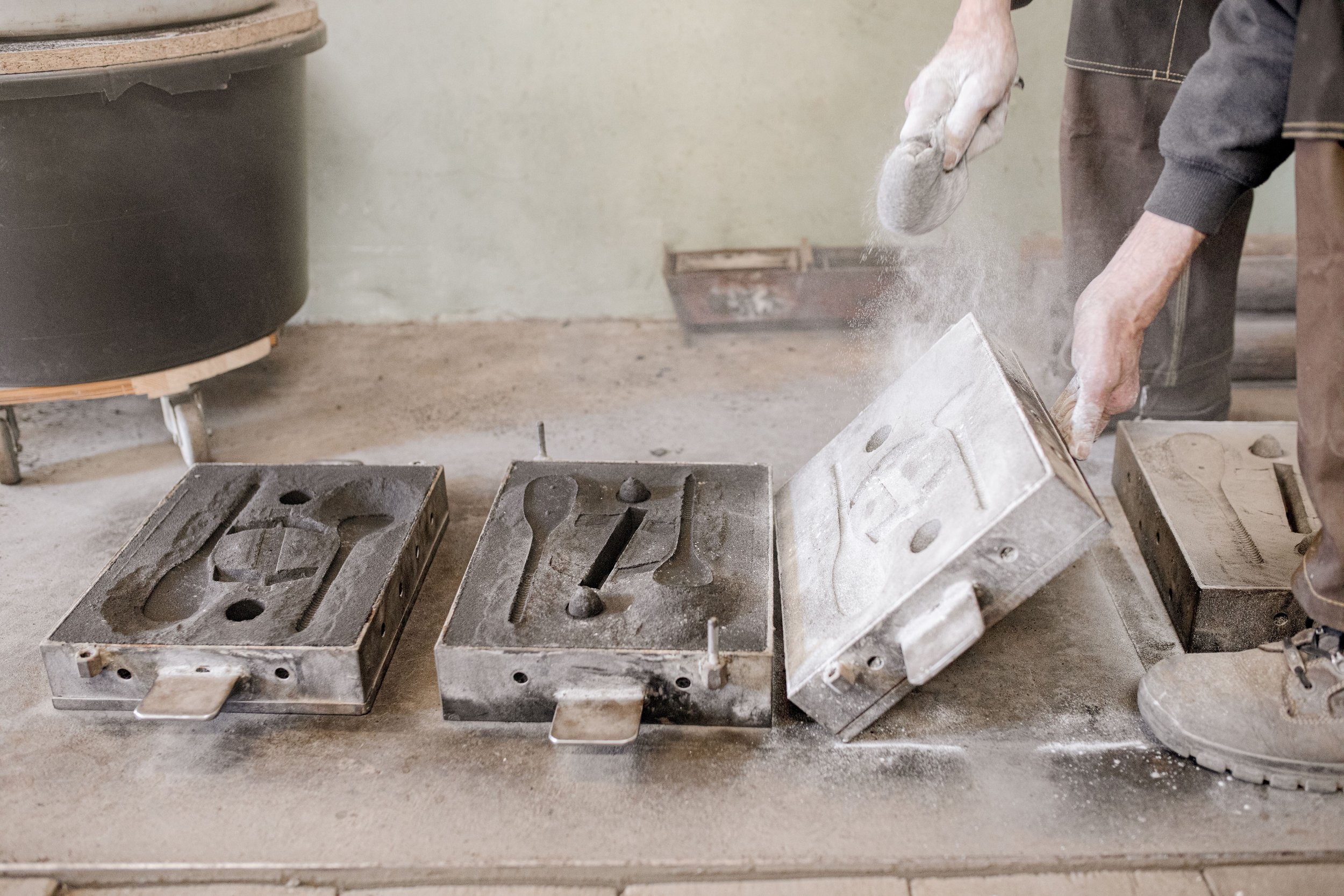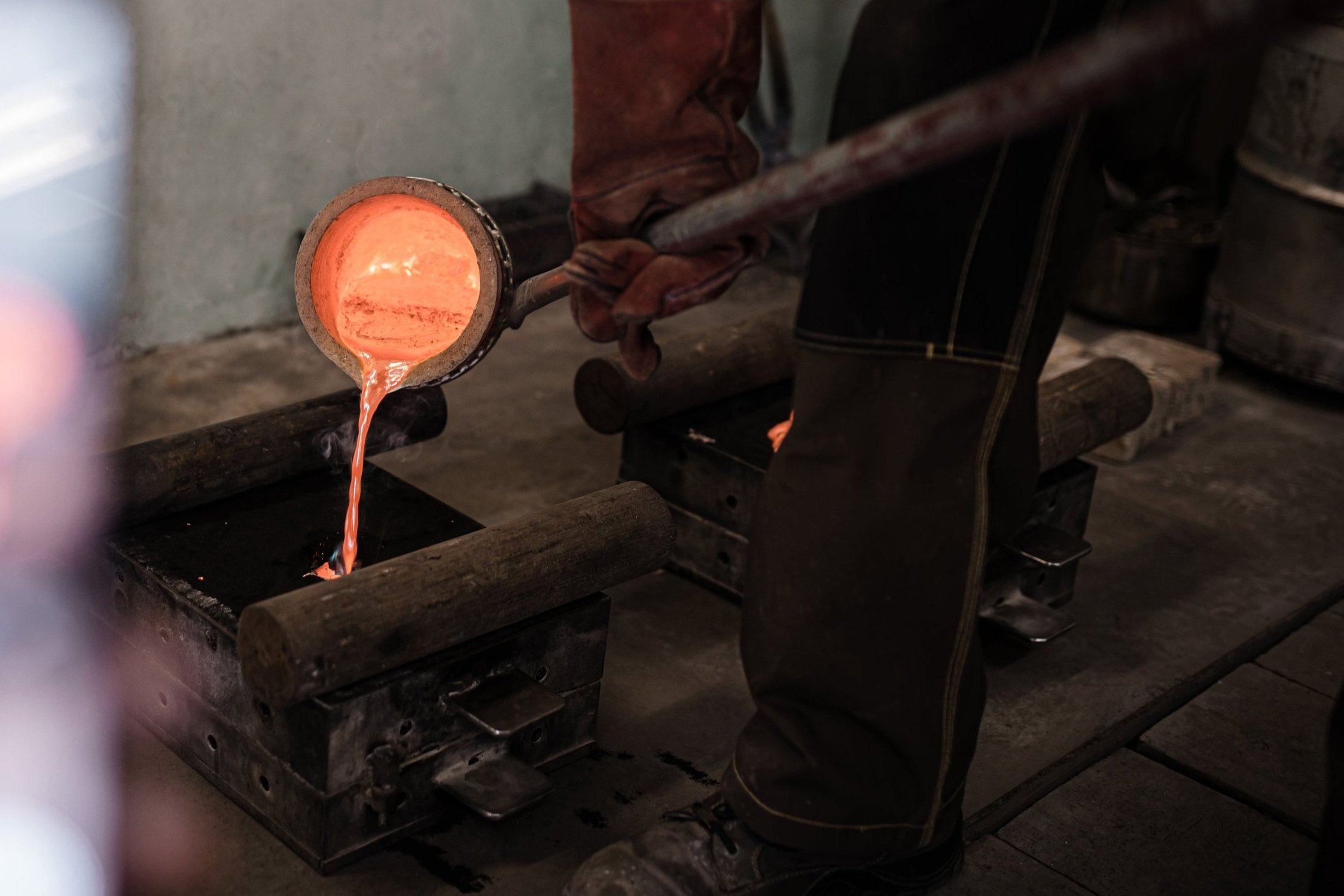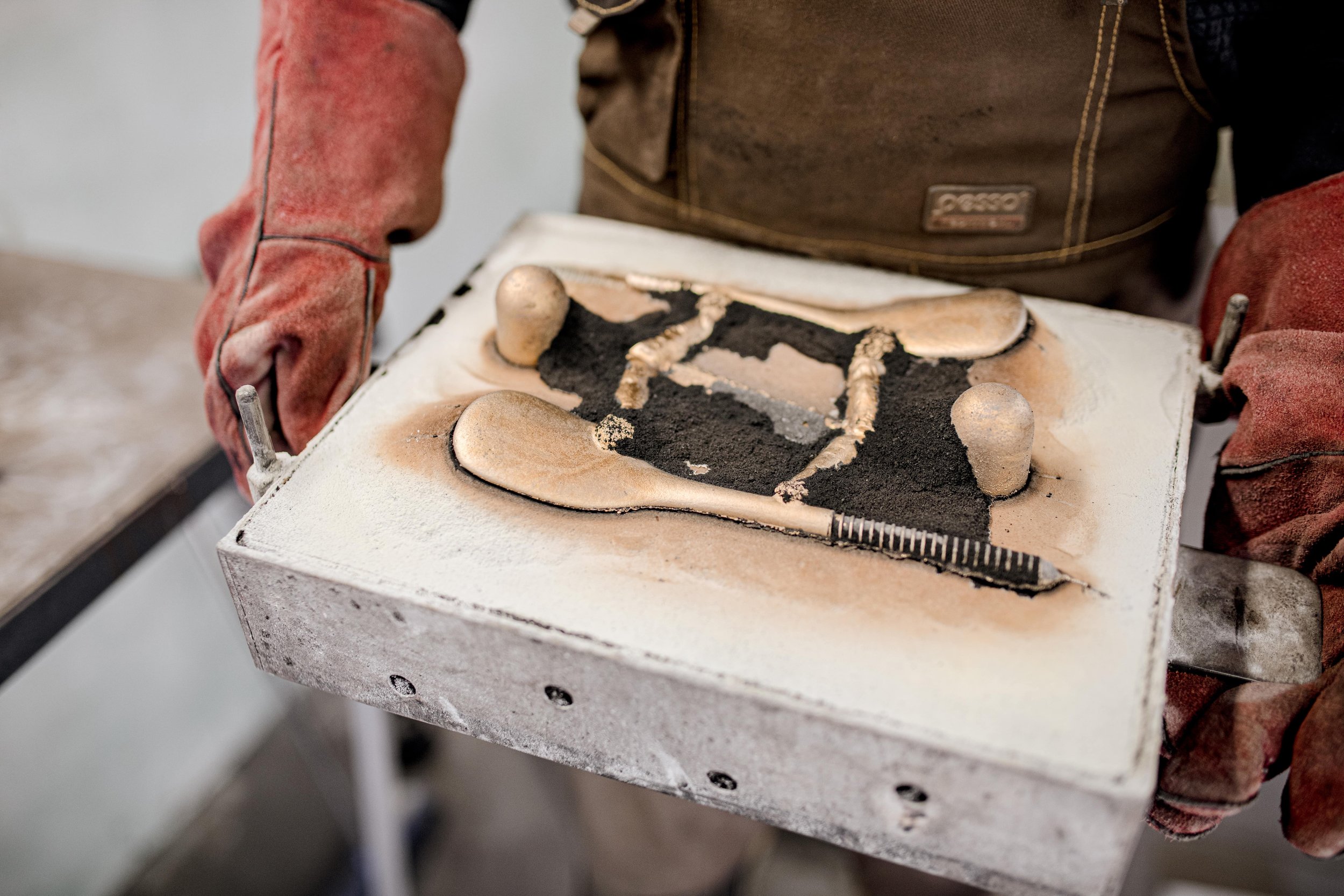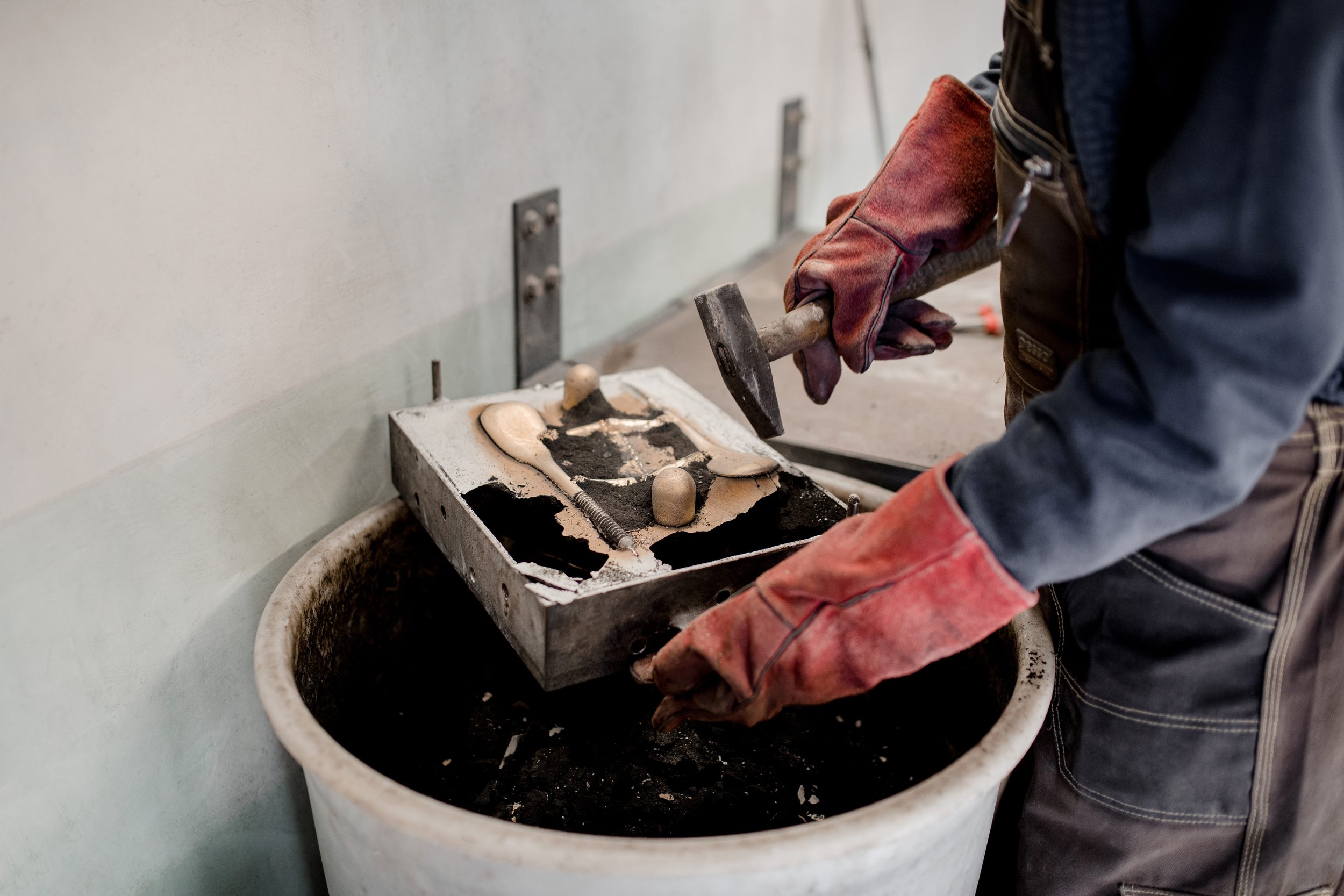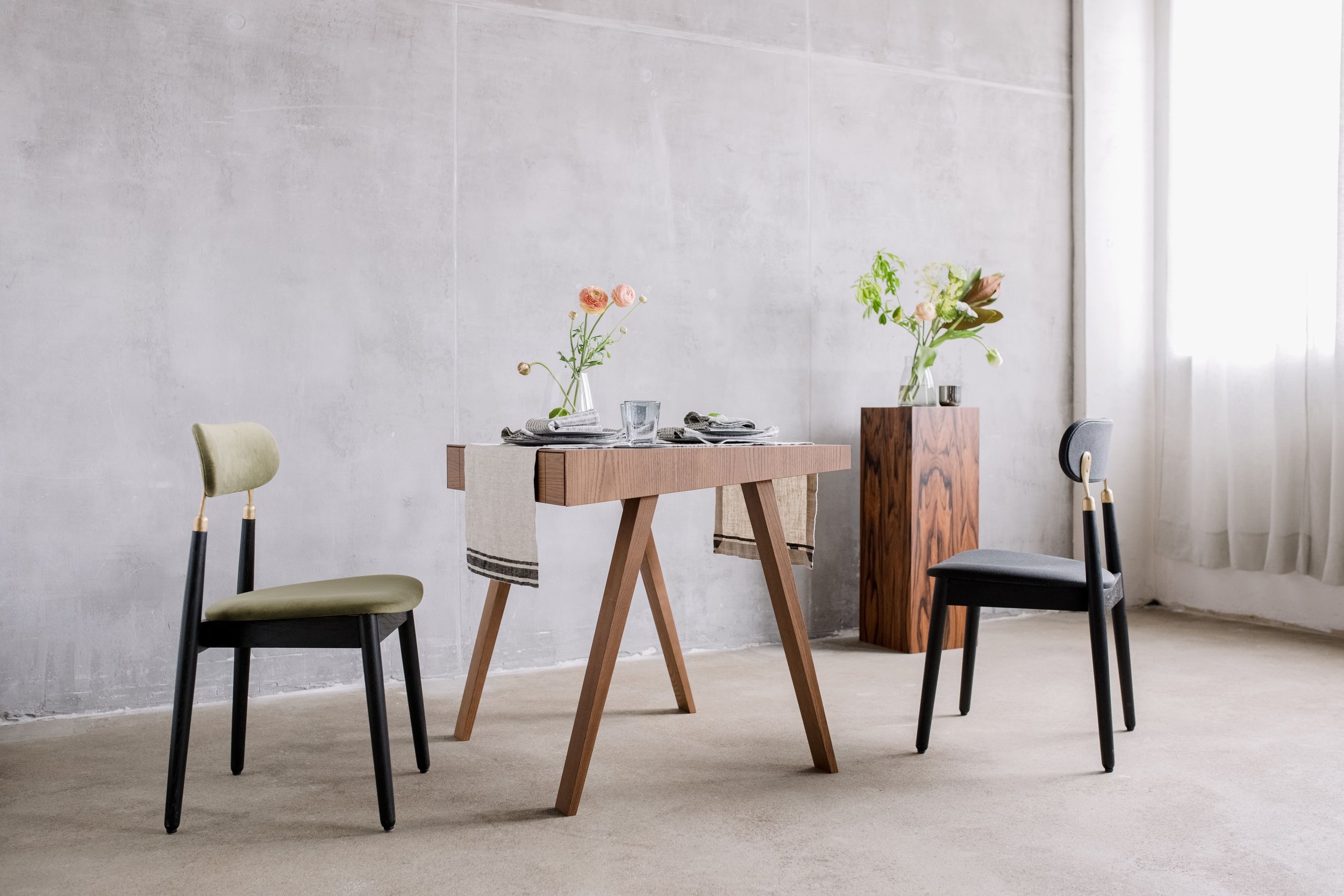MEET A DESIGNER #10:
NIKITA BUKOROS
Seeking new challenges is what really inspires us at EMKO. So with each product, we tend to highlight new ways of creativity — whether it is catchy storytelling, innovative craftsmanship, or insightful design solutions.
In this story, we introduce one of our latest items — the 7.1 Chair designed by Ukrainian designer Nikita Bukoros. So far, it has been one of the most complex yet fastest-selling projects we have ever had!
FIRST THINGS FIRST: EMKO CALL FOR DESIGN
Nikita Bukoros is a graduate of Kyiv National University of Construction and Architecture. He is an experienced industrial designer with a strong background in architecture and interior design.
Nikita was also a participant in one of our calls for design — he submitted his proposal for the new 7.1 Chair, and it definitely caught our attention.
7.1 Chairs by Nikita Bukoros for EMKO
ANTICIPATING THE POTENTIAL
The 7.1 Chair is a traditional look sturdy dining chair — the silhouette of the chair seems indeed familiar and evokes a sense of nostalgia. Yet, a spoon-like backrest holder made from casted and polished brass is a truly distinctive feature.
These backrest holders refer to family traditions and cosy stories shared around the table. Moreover, 7.1 is the volume of a dessert spoon in the imperial Apothecaries system and the inspiration behind this chair. Just like dessert is the final chord of a great dinner, the 7.1 chair is the cherry on top of the modern interior.
“The 7.1 Chair interested us as an unconventional and challenging combination of different materials. Throughout the development stage, a lot of effort has been put into connecting wood and brass into a test-proof and eye-catching piece,” — says EMKO Head of Development Aurimas Kalpavičius.
Finally, four colour versions of the chair are available, each perfectly suitable for use in dining rooms, restaurants, lounges, or workplaces. “After its launch in 2021, the 7.1 Chair has already found its place in various public and private interiors, from the USA to Honk Kong. The geography is still expanding, and demand for this piece actually proves that our choice was right,” — comments EMKO Sales Executive Inga Markovska-Malinauskė.
Workplace furniture set: 7.1 Chair by Nikita Bukoros and 4.9 Desk by Marius Valaitis
A SNEAK PEEK INTO OUR ARTISAN WORKSHOP
“The idea behind all EMKO products is to produce them as locally as possible, which means in Lithuania. We love to work with small local businesses, at the same time staying sustainable in terms of transportation,” — says EMKO founder Erika Markovska Mikulskienė.
The 7.1 Chair is also made in Lithuania by local manufacturers and artisans. The production of backrest holders involves old traditional brass casting techniques that add up to developing a unique and high-quality piece.
First, the artisan prepares the mould. Then, the brass is melted, reusing old brass pieces and leftovers from other projects. The hot brass — more than 900°C — is then poured into the pre-made shape. After a while, the backrest holders are removed from the mould and refined for final assembly.
CURIOUS HOW SUCH DESIGNS ARE BORN?
Now, let’s take a look from the designer’s perspective.
Nikita, what is your favourite part of being a designer?
Feeling like you are rebuilding your own world from scratch.
Where do you get your inspiration from?
Our modern world is overfilled with information, with design and “design”; design has long been one of the languages spoken by people, consciously or not. Thus, it is not difficult to find inspiration, although sometimes it is more like triggers than inspiration. It is more challenging to cleanse yourself of all that is superfluous and leave only the valuable and essential from the raging stream of information.
Dining furniture set: 7.1 Chairs by Nikita Bukoros and Citizen Dining Table by etc.etc.
How would you describe your style?
I like that my style and preferences change over time; I also sometimes like to try to do something imitating the style of other designers, their vision or approach — you are like a movie actor who is trying to play some kind of celebrity.
It seems to me that the sustained style makes sense when creating your own product line, some sort of brand. Although many great designers make a brand out of their name. But I haven’t gotten to that stage yet.
Personal style is useful to differentiate among a large number of modern designers, but purity and quality of design are what ultimately matter to the consumer. This must always be remembered.
To which aspects of design do you give the highest priority?
When I was little, I had my favourite toys that I carried everywhere. Since it was not always possible to buy expensive toys, sometimes the toys were some kind of everyday things, and a child’s imagination helps to turn them into a tool for playing.
Therefore, for me, the main aspect of the design is other people's attitude to a thing. If the item becomes valuable to a person, like an amulet, or becomes an integral part of their life, memories, or self-identification — then this is an excellent design.
Workplace furniture set: 7.1 Chair by Nikita Bukoros and 4.9 Desk by Marius Valaitis
How do you know when an object is finished and needs no additional work?
Here you can separate commercial projects and personal concepts. In the first case, it is always easier: a lot of people and opinions are involved, and you do not strive to bring the design to the ideal — life does not wait, and an object put into production is always better, more useful than a concept in your head.
In the second case, sometimes you just need to put off the idea for a while and look at it later. Some changes are not born immediately, but sooner or later, a moment comes when you clearly understand that everything has finally come together in an optimal way.
What, according to you, is the role of collaboration in design?
The designer’s brain is trained to simulate different situations and scenarios. Nevertheless, it is too difficult to imitate someone else’s thinking process, so any collaboration is always a large amount of valuable information and insights; you should never neglect it.
Dining furniture set: 7.1 Chairs by Nikita Bukoros and 4.9 Desk by Marius Valaitis
BLITZ questions
Favourite work tool?
Laptop with mouse and some modern and fast 3D software.
Best soundtrack for design?
Total silence, may be some background noise from the street.
Favourite material?
I think it hasn’t been invented yet — something with the freedom of plastic but with the soul and environmental friendliness of wood, metal or glass.
Design-related content you’d recommend checking out?
I advise designers to read books about something high and complex, such as cosmology or quantum physics — this always inspires and teaches to think wider and deeper.
What’s the closest thing to real magic? ✨
How people endow ordinary things with new meanings and how much information design can carry.



